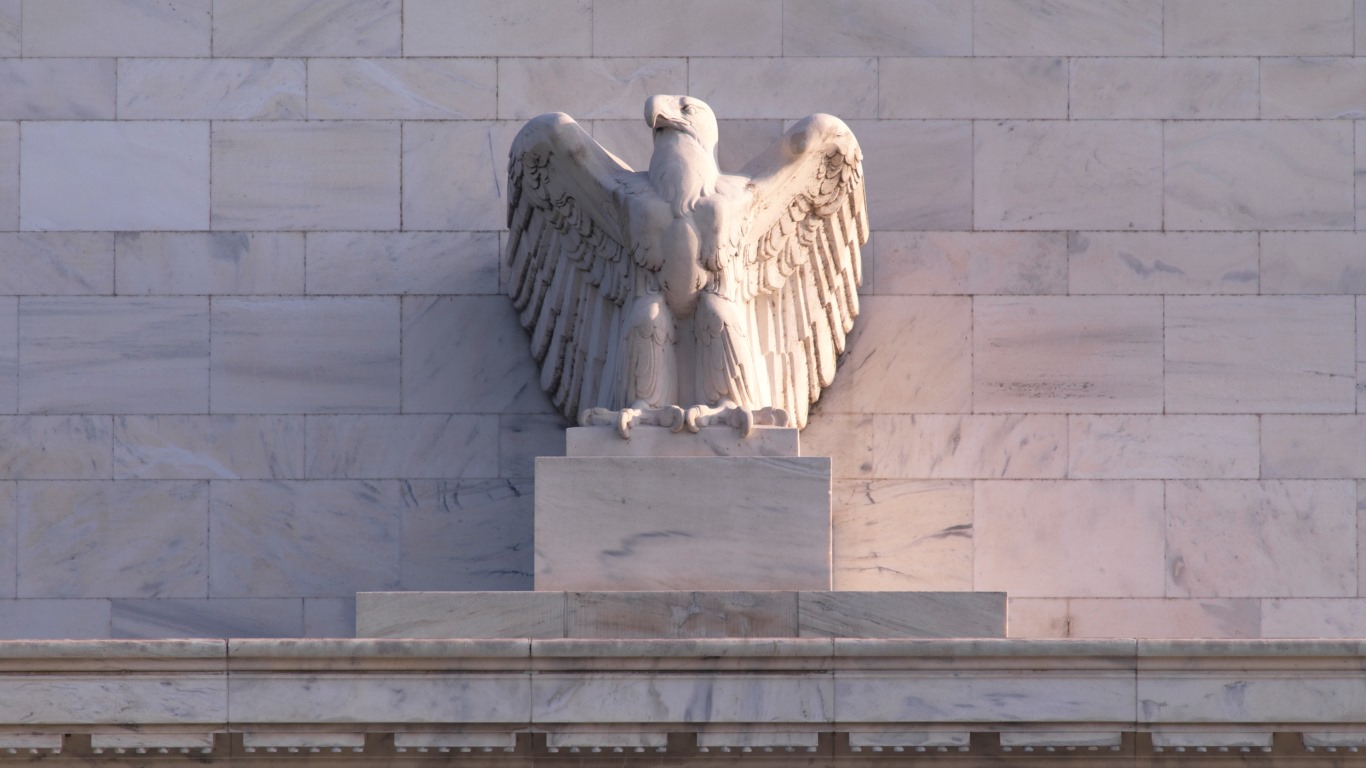Banking, finance, and taxes
Signs That the Fed May Be Losing Control of Monetary Policy

Published:
Last Updated:

In a somewhat obscure, wonky report released yesterday, June 27, Reuters reports that the Federal Reserve may have to abandon its plans to shrink its balance sheet sooner than it would like. This follows similar reports from CNBC and Bloomberg two weeks earlier along the same lines. The reason? Unforeseen demand for overnight reserves is pushing the effective federal funds rate, the overnight interest rate that the Fed controls, higher than it has ever previously allowed relative to its target range during the current rate hiking cycle.
A quick look at the daily federal funds data from the New York Fed shows the anomaly going on. The effective rate has jumped by two basis points since the last Fed rate hike that took place on June 13. That might not sound like a lot, but look at historical data going back to the beginning of the current rate hiking cycle that began in December 2015 and you’ll see it hasn’t happened before.
What’s causing it? According to Morgan Stanley, it’s a lack of excess reserves available to fulfill overnight reserve requirements. According to the investment banks, while there are still about $1.9 trillion in excess reserves spread over the national banking system, about 90% of those reserves are controlled by only five banks. That means the vast majority of banks in the country have little to no excess reserves stored at the Fed, and therefore they have to borrow from other banks at higher rates in order to fulfill overnight reserve requirements.
What does this mean practically? That the demand for reserves is going up, which appears to be pushing the effective overnight interest rate higher. In order to keep the overnight rate within its target range though, the Fed may have to inject more liquidity into the banking system in order to quell the demand for reserves at higher rates, and that’s where a possible premature end to the shrinking of the Fed’s balance sheet comes into play.
This shouldn’t be a problem as long as inflation stays muted, but that’s a big if. Inflation as measured by the Personal Consumption Expenditures (PCE) index, the Fed’s preferred measure of inflation, is already at 2%, and a new release is scheduled for June 28. Adding more liquidity into the system now in order to keep the target rate restrained could push inflation measures even higher. Not to mention, a premature end to the shrinking of the Fed’s balance sheet could hurt the Fed’s credibility, and the dollar’s value across forex markets.
Consider, banks already can borrow at below inflation (1.92% versus 2.00% on the PCE), and from there, the danger exists of a positive feedback loop. If banks can borrow below the inflation rate, it’s a bargain, and that increases the demand for reserves still more, which in turn pushes up the rate further. This, in turn, would encourage the Fed to add more reserves into the system, adding fuel to the fire and encouraging more borrowing, and so on.
Oil being at highs post 2014 oil crash and a burgeoning trade war to boot doesn’t help the situation either. It will be key to watch the effective fed funds rate over the next few months to see if it creeps any higher than 1.92%. A key target to watch is 1.95%. If the overnight rate goes above that, it will be higher than the rate paid on excess reserves, which would incentivize the five banks with 90% of those excess reserves to loan them out into the economy rather than keep them at the Fed.
Thank you for reading! Have some feedback for us?
Contact the 24/7 Wall St. editorial team.